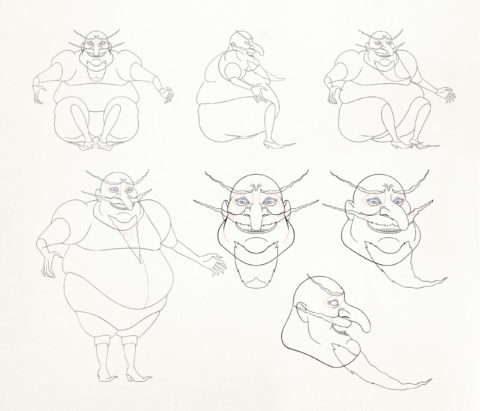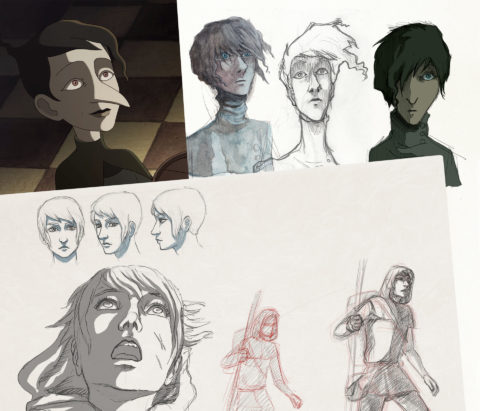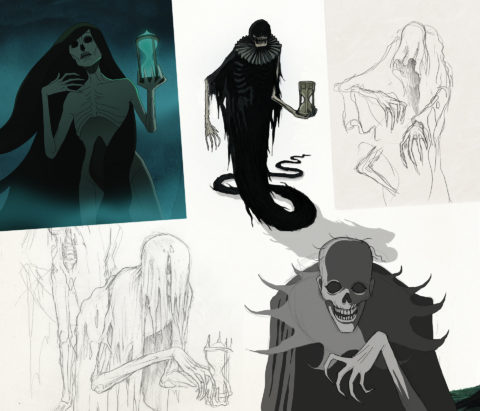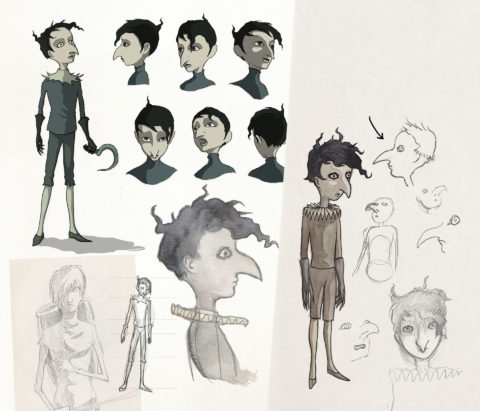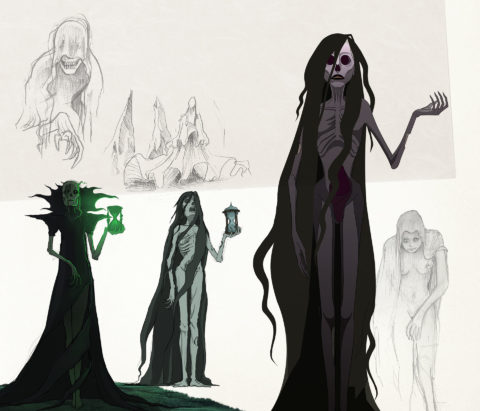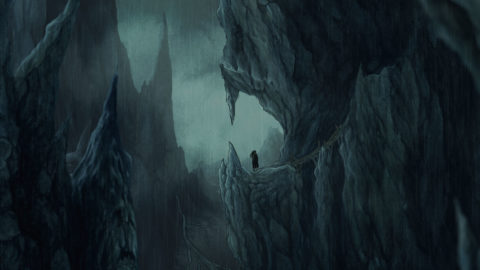
Death and the Winemaker
Death and the Winemaker is a 2D animated short (“cartoon”) animated at 12 frames per second. The watercolor backgrounds, compositing and post-production will be handled by Imaginastudio (Lausanne), while a frame‑by‑frame animation team will bring the characters to life with a deliberately artisanal pace.
The project is funded by the Swiss Federal Office of Culture, Cinéforom and RTS, with potential support from Valais sponsors. The production schedule runs from June 2017 to January 2018, with final polishing in April 2018. It features acclaimed voices—Kacey Mottet Klein and Jean‑Claude Dreyfus—who previously collaborated with the studio.


In the heart of the 18th‑century Alps, as a little girl watches over her dying mother, a storyteller recounts the fate of a young winemaker hopelessly in love: in order to win his beloved’s hand, he crafts a wine so divine that Death itself comes to taste it. When he learns that his fiancée is about to succumb to the plague, the winemaker—driven by love and pride—manages to trap Death in a barrel. But by suspending the natural order, he unleashes a terrible curse: deprived of death, the inhabitants descend into suffering and madness, until Death, finally released, demands a price even heavier than a single heart.

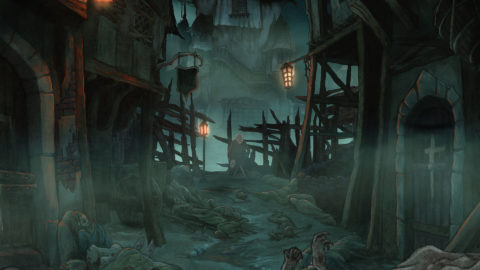
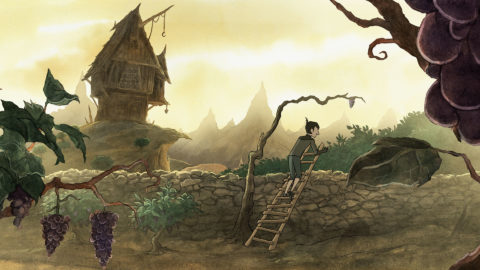

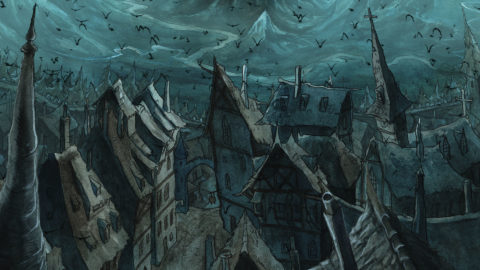
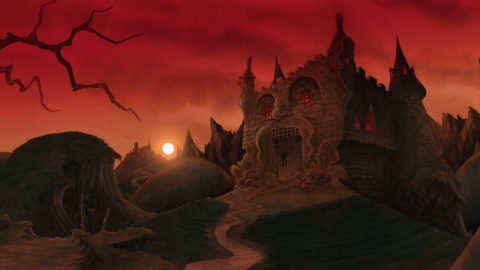
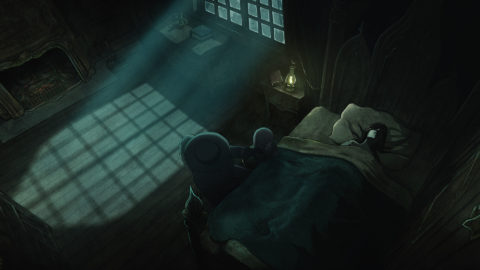
When I first discovered this old tale, I had no idea that the patience required to age an exceptional wine would be the same needed to make a film: seven full years elapsed between the first 2014 sketches and the 2021 release. At the time, I was already refining a feature‑length stop-motion project (still unreleased) when I suggested to Arnaud Gantenbein that we start, in parallel, “a smaller, faster short.” The seed was sown—we had unwittingly planted the vine that would bear The Winemaker and Death.
Gradually, I shaped this imaginary medieval Swiss world: faces, costumes, landscapes—all invented from scratch. In evenings and weekends, I sketched, rewrote the storyboard, and expanded the funding plan. One conviction never wavered: the film would be animated “the old-fashioned way,” with handmade watercolor backdrops. Neither Arnaud nor I had ever tackled a cartoon; had we foreseen the challenge of a nearly twenty‑minute short, we might have shouted, “Flee, you fools!”
When production finally began in early 2019, I spent the first year surrounded by animators, cleanup artists, and motion designers who brought each shot to life. Then came 2020: alone in the studio, I painted the watercolor backgrounds during lockdowns. The story resonated eerily with the pandemic—the Plague warning feels relevant. In my version, the hundred‑year‑old Winemaker deliberately frees Death out of love for Mathilde—love as both drive and transgression, at the story’s core. Through these unsettling images that reflect human anxieties, I still sought to distill beauty and magic.
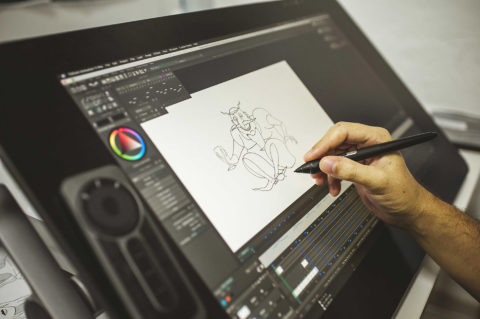
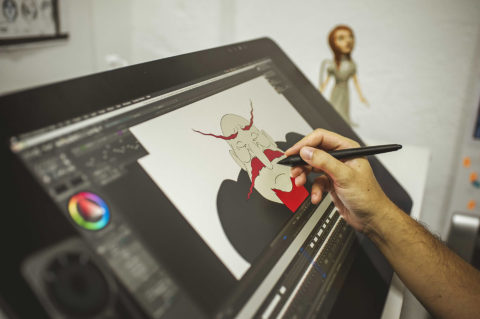
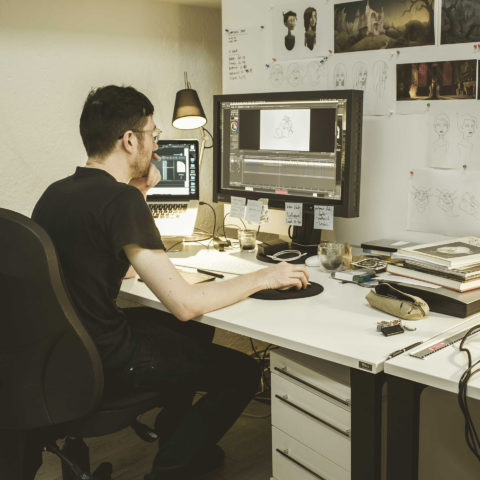
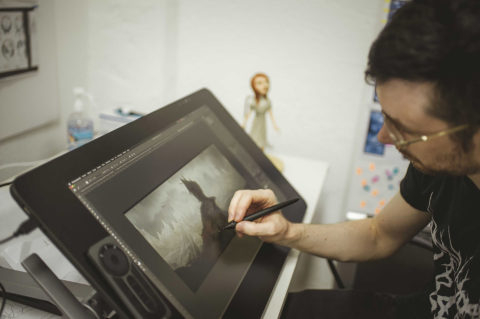
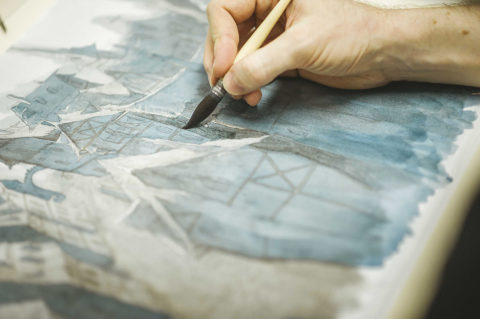

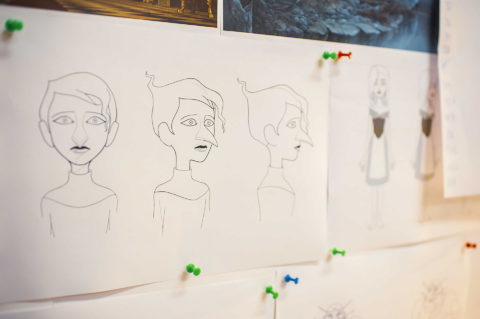

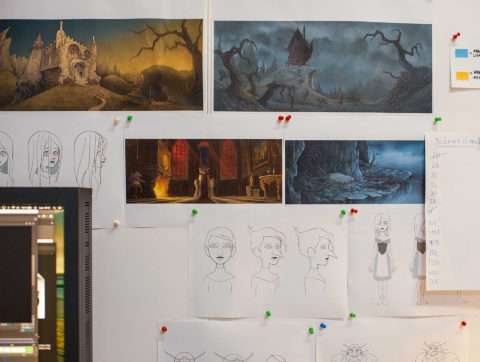
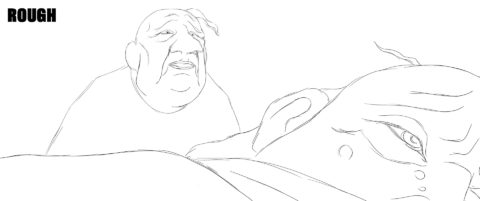
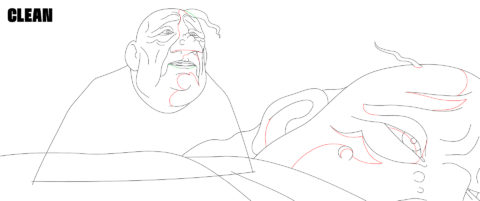
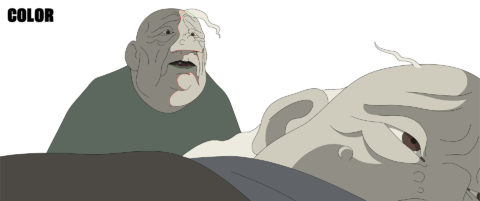
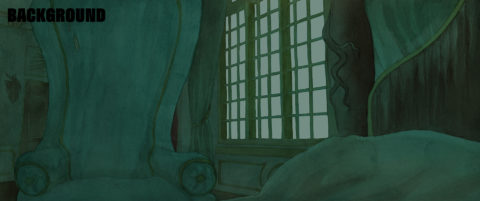


Rough: small vignettes and key poses sketch out the action, rhythm, and intention of the shot. The animators establish timing, silhouette, expression and spacing without worrying about line quality.
Clean: building on that, each frame is redrawn with precise, uniform line art that locks in line weight, detail and volume consistency for the sequence.
Colors: flat base colors (“flats”) are applied to each area, then shadows, highlights and sheen are added. Color‑keys define the lighting mood, ensuring consistency across shots.
Background: environments are painted (often digitally) using a specific palette, giving depth, scale and atmosphere as the animation’s stage.
Compositing: the last stage merges animation, colors, shadows and background. Light effects, particles, motion blur, possible camera moves and color grading are added. The compositor balances each layer to deliver the finished shot, ready for editing.
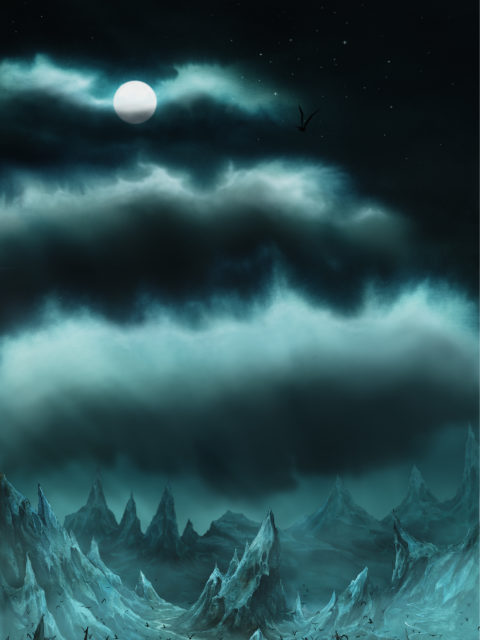
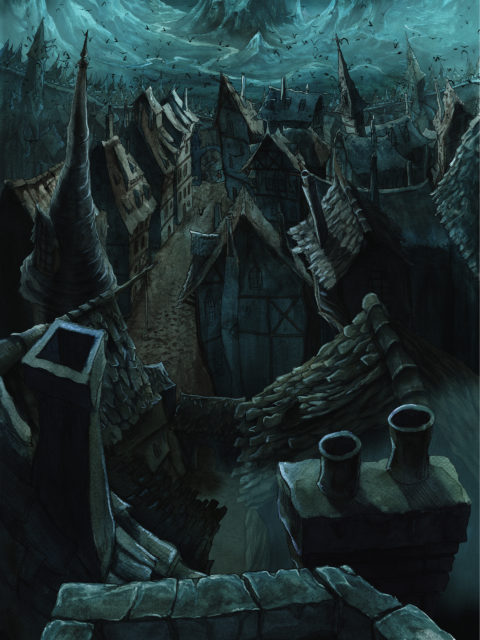
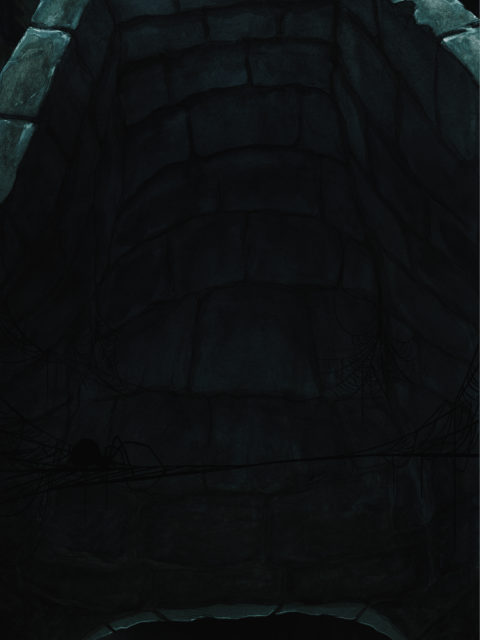


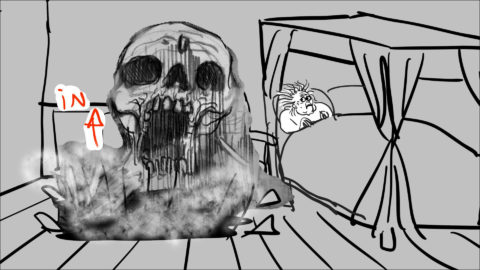
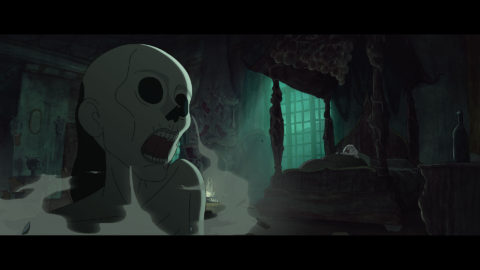

Characters
During development, Valérie Juillard created highly realistic designs—but warned me: the more faithful to realism the lines, the more costly and difficult the movement. Initially carried away by early tests, I ignored this advice… until I realized the lush characters made even simple actions laborious. That realization triggered a new graphic search: find cleaner silhouettes capable of free movement without losing clarity.
A decisive sketch emerged: a face immediately recognizable thanks to its oversized nose—a feature meant to provoke curiosity and discomfort. I wanted the audience to ask, “Why such a nose?”—the answer revealed at the climax, when we learn the Winemaker’s responsibility for the plague’s spread. His profile already evokes the plague‑doctor mask; he carries in advance the mark of the Death he will release. By silhouette alone, the character becomes a living allegory, foreshadowing the tragedy.
To spice the story, I added the Father: absent in the original tale, he becomes a first antagonist—mischievous and extravagant, a nod to the Château des Ombres. His grotesque humor contrasts sharply with the ensuing tragedy. The twisted vineyard vines guided my design: I wanted the gnarled stalks reflected in the Winemaker’s twisted hair—but I abandoned that idea for Mathilde to preserve the natural elegance of her hair in the wind. Rather than age them through bitterness or drunkenness, I chose a gentler evolution: their love ultimately frees Death. My inspirations spread between Paul Grimault’s poetry, Hayao Miyazaki’s world, and the sheer delight of unexpected TV‑reference Easter eggs.
